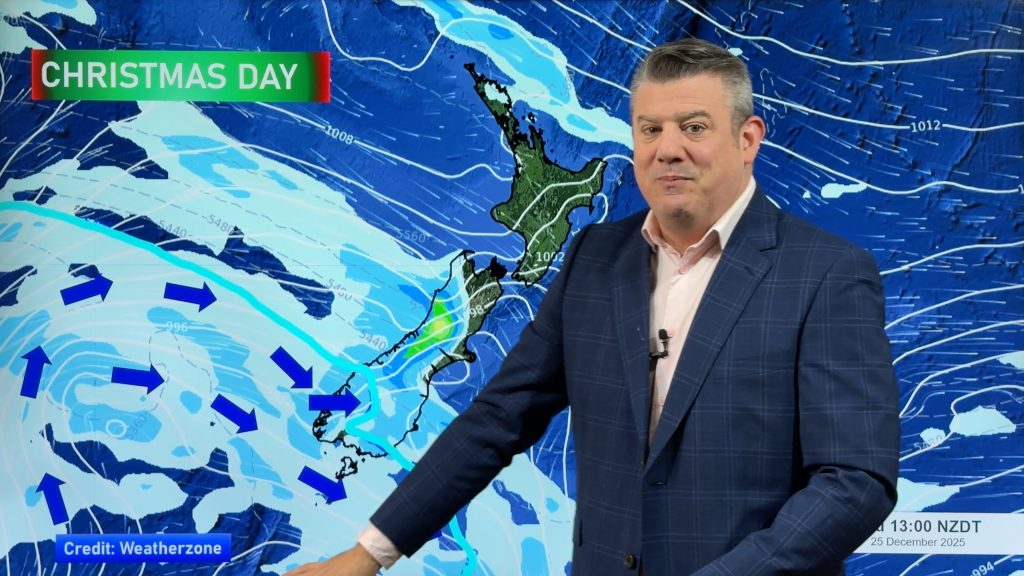A record breaking June – flooding, snowfall and sub zero temperatures
5/07/2015 12:00am

> From the WeatherWatch archives
Each month we like to run a summary of the public climate data which comes through from the month just gone – and June was a record breaker in a few different ways!
Winter truly arrived in New Zealand in June 2015.
Heavy rainfall and severe flooding affected the South Taranaki and Manawatu-Whanganui regions, as well as Hokitika, Dunedin, and parts of Southland.
In late June, a significant snowfall event in the South Island was followed by the coldest temperatures recorded in New Zealand for over 20 years (and the fourth-lowest temperature ever recorded in New Zealand), observed in the Mackenzie Country.
Check out the latest on all weather features below.
Rainfall
Rainfall was above normal (120-149%) or well above normal (> 149%) for much of the Manawatu-Whanganui, Taranaki, Westland, Tasman, Nelson, Marlborough, Canterbury, Otago, and Southland regions.
Rainfall was well below normal (< 50%) or below normal (50-79%) for parts of Northland, Auckland, Waikato, Bay of Plenty, Gisborne, Hawke’s Bay, and north Canterbury.
Temperature
June temperatures were near average across much of the country (within 0.5°C of June average).
Below average temperatures were recorded in inland Canterbury, Wairarapa, western Waikato (0.5-1.2°C below June average) and above average temperatures experienced in northern, eastern, and western parts of the North Island and northern, western, and south-central parts of the South Island (0.5-1.2°C above June average).
A polar outbreak in late June led to the 4th-lowest temperature ever recorded in New Zealand.
Soil Moisture
As of 1 July 2015, soil moisture levels were below normal for this time of year for East Cape, around and inland from Napier, coastal Wairarapa, coastal southern Marlborough and eastern parts of Canterbury north of Christchurch.
It was especially dry about north Canterbury where soils were considerably drier than normal for this time of year.
Sunshine
Well above normal (>125%) or above normal (110-125%) sunshine was recorded in Northland, Auckland, western Waikato, Wellington, Marlborough, north Canterbury, and Central Otago.
Near normal sunshine (within 10% of normal) was recorded elsewhere, expect in Franz Josef and Tauranga where below normal sunshine was recorded.
Further Highlights:
-
The highest temperature was 21.7°C, observed at Cheviot on 1 June.
-
The lowest temperature was -21.0°C, observed at Tara Hills on 24 June.
-
The highest 1-day rainfall was 454 mm, recorded at North Egmont on 19 June.
-
The highest wind gust was 189 km/hr, observed at Cape Turnagain on 29 June.
-
Of the six main centres in June 2015, Auckland was the warmest, Christchurch was the coolest
-
Tauranga was the driest, Dunedin was the wettest and cloudiest, and Hamilton was the sunniest.
-
Of the available, regularly reporting sunshine observation sites, the sunniest four centres so far in 2015 (1 January to 30 June) are: Blenheim (1356 hours), Whakatane (1354 hours), Waipara West (1338 hours), and Appleby (1327 hours).
– Data supplied by NIWA
– Photo: Maruschke Barnard
Comments
Before you add a new comment, take note this story was published on 5 Jul 2015.




Add new comment
Guest on 5/07/2015 6:13am
As it was one of the driest
Reply